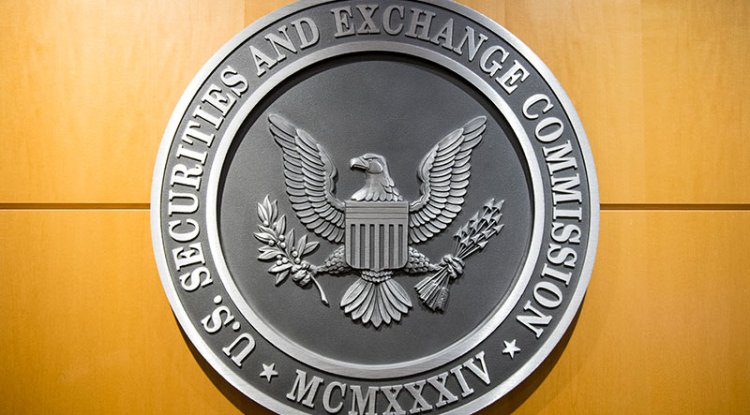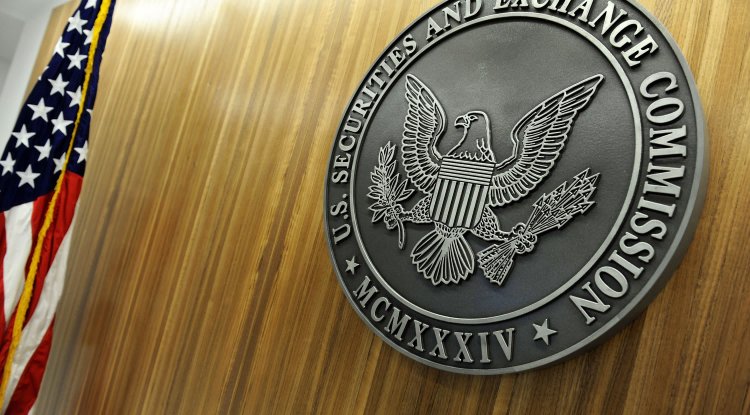Landmark Verdict: Ripple's XRP Declared Non-Security by US Judge
Breaking news! In a historic ruling, a US judge settles the long-standing debate, affirming that Ripple's XRP is not a security. Discover the implications of this landmark decision and its impact on the crypto market.

In a long-awaited verdict, On July 13, 2023, US District Judge Analisa Torres of the United States District Court for the Southern District of New York ruled that Ripple Labs' token, XRP, was a security when sold to institutional investors but not when sold to retail investors via digital asset exchanges or used by service providers. This significant ruling, issued by Judge Analisa Torres of the New York District Court, conclusively resolves the contentious debate surrounding the asset's security status.
Previously, the US Securities and Exchange Commission (SEC) initiated legal proceedings against Ripple's executives, Christian A. Larsen and Brad Garlinghouse, challenging the securities classification of XRP. In what could be considered a groundbreaking decision, the US court has partially rejected the SEC's claims against this digital asset.
The recent ruling by a US judge, affirming that Ripple's digital asset XRP is not a security. We explore the significance of this decision and its potential impact on the cryptocurrency market. Through an in-depth analysis, we aim to provide a comprehensive understanding of Ripple XRP, its regulatory status, and its potential as a groundbreaking financial technology.
Understanding Ripple XRP
Ripple XRP is a digital currency that operates on a decentralized platform known as RippleNet. Unlike traditional cryptocurrencies, such as Bitcoin and Ethereum, which rely on mining, XRP is pre-mined, meaning that the entire supply was created and distributed at the inception of the network. This unique feature sets XRP apart from other cryptocurrencies and offers distinct advantages.
Advantages of Ripple XRP
-
Speed and Efficiency: Ripple XRP enables fast and low-cost cross-border transactions, facilitating seamless transfers of value across different financial systems. Its transaction confirmation time of mere seconds significantly outperforms traditional banking systems, which often require several days to settle international transfers.
-
Scalability: Ripple's underlying technology and consensus algorithm, the XRP Ledger, have demonstrated remarkable scalability. With the ability to handle thousands of transactions per second, XRP offers a robust and efficient solution for global financial transactions.
-
Liquidity: Ripple's focus on establishing strategic partnerships with financial institutions worldwide has resulted in widespread adoption of XRP. The availability of liquidity on exchanges allows for seamless conversion between XRP and other assets, further enhancing its utility and accessibility.
Ripple XRP and Regulatory Clarity
One of the most significant hurdles facing cryptocurrencies is regulatory uncertainty. The recent US court ruling has provided much-needed clarity regarding the classification of Ripple XRP as a non-security asset. This decision reinforces the notion that XRP operates outside the realm of securities regulations, strengthening its position as a viable digital asset for financial transactions.
The ruling has far-reaching implications for the cryptocurrency industry as a whole. By recognizing Ripple XRP as a non-security, it sets a precedent for other cryptocurrencies, signaling that they too may have distinct characteristics that differentiate them from securities. This regulatory clarity fosters innovation and encourages the development of new financial technologies in the digital asset space.
Ripple XRP: Transforming Global Finance
The Role of RippleNet
RippleNet, powered by Ripple XRP, is a transformative platform that seeks to revolutionize global finance. By leveraging blockchain technology, RippleNet aims to bridge the gap between traditional banking systems and the fast-paced digital economy. Let's explore some key components of RippleNet:
-
Gateway Entities: Gateway entities serve as the bridge between traditional financial systems and RippleNet. These entities facilitate the conversion of fiat currencies into XRP and vice versa, enabling seamless transfers across borders.
-
Liquidity Providers: Liquidity providers play a vital role in the Ripple ecosystem. By offering liquidity for different currency pairs, they ensure that there is sufficient market depth for efficient transactions within the network.
Benefits of Ripple XRP for Financial Institutions
Financial institutions stand to benefit greatly from integrating Ripple XRP into their operations. Here are some advantages they can expect:
-
Cost Savings: Ripple XRP enables financial institutions to reduce transaction costs significantly. By eliminating intermediaries and reducing the need for multiple currency conversions, XRP offers a cost-effective solution for cross-border transactions.
-
Enhanced Speed and Efficiency: Traditional international transfers often involve lengthy processes and delays. With Ripple XRP, financial institutions can enjoy near-instantaneous settlement times, enabling them to provide faster and more efficient services to their customers.
-
Improved Liquidity Management: By utilizing RippleNet and XRP, financial institutions can optimize their liquidity management. XRP's ability to bridge different currencies seamlessly allows for improved liquidity across various markets
What's Your Reaction?



















